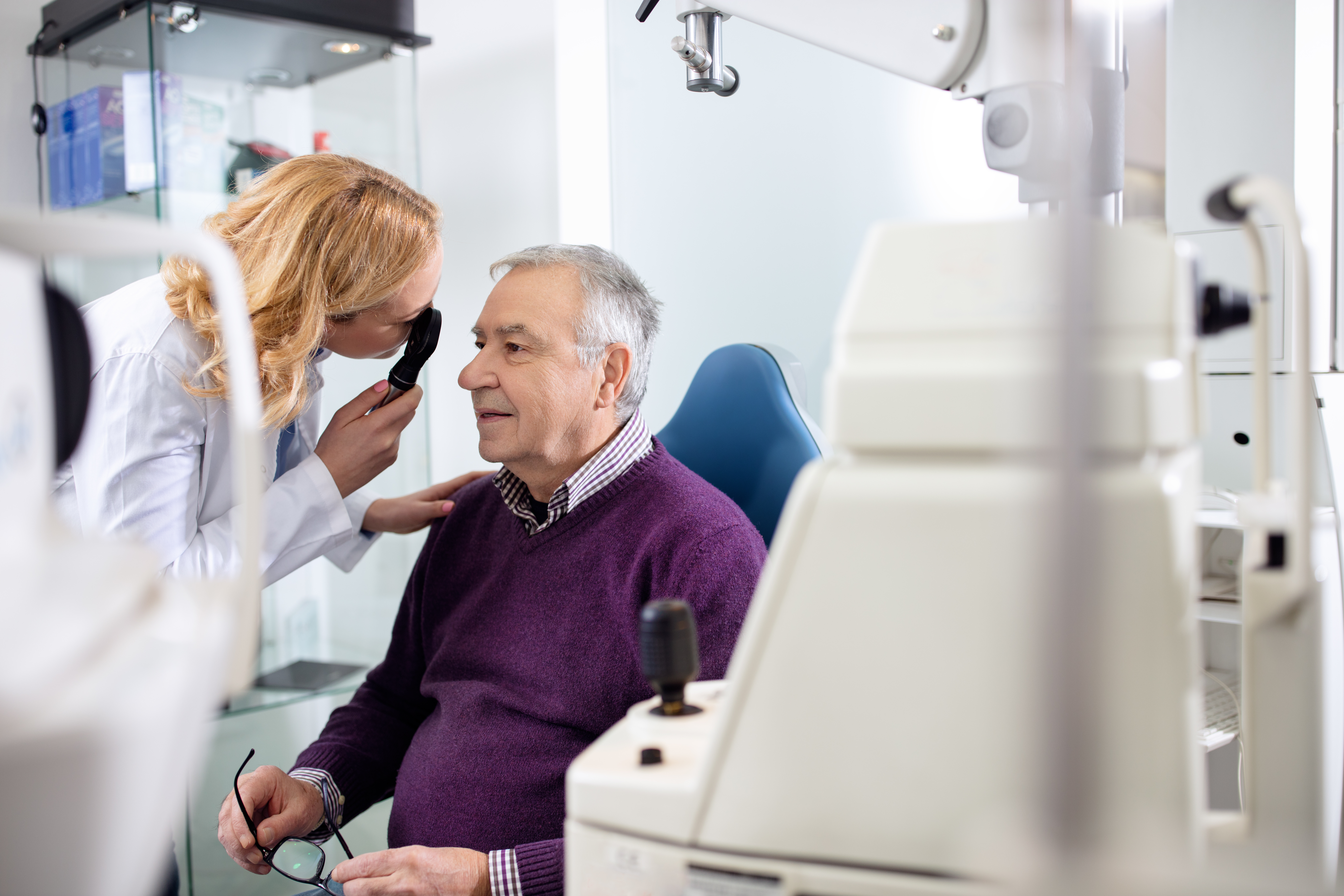A new report from the World Health Organization paints an alarming picture of vision health.

As the “World report on vision” explains, 2.2 billion people live with a vision impairment. That’s 29% of the global population. And nearly half of those affected live with a condition that was preventable – or could be cured if properly addressed.
Vision impairments can develop at any age, though many progress over time. Vision impairments can make it harder to master skills at every stage of life – from learning to walk and read to earning employment and living independently. But vision damage often can be prevented or reduced with early detection and consistent treatment, making access to care essential.
At the moment, however, meeting the eye care needs of the world’s population presents “unprecedented challenges” for health care systems, the report explains. The United States’ health system is no exception.
Millions of Americans suffer from progressive eye conditions. Cataracts, diabetic retinopathy and thyroid eye disease, for example, can cause significant vision impairment. And eye conditions don’t just impact patients’ quality of life. Moderate-to-severe vision impairment costs the United States $16.5 billion in productivity each year.
Innovations in vision care treatment and delivery could help. New medications can delay macular degeneration, a condition that can lead to blindness, or thyroid eye disease, an autoimmune condition that can cause optical nerve damage. New care delivery methods are also revolutionizing eye health care. Adoption of telehealth solutions and mobile-based software applications, for example, could make low-cost care more accessible.
As new technologies and treatments emerge, however, patient access is a critical concern. A limited network of providers can also make it hard for patients to see a specialist. Health plans also restrict medication access through utilization management barriers like step therapy, prior authorization and high out-of-pocket costs.
The WHO calls for timely access to sustained, quality eye care to end the growing problem of vision impairment. For U.S. health plans, that will require increasing accessibility to providers, care and treatment.
As the number of people living with vision impairments continues to climb, will the United States remain idle?

